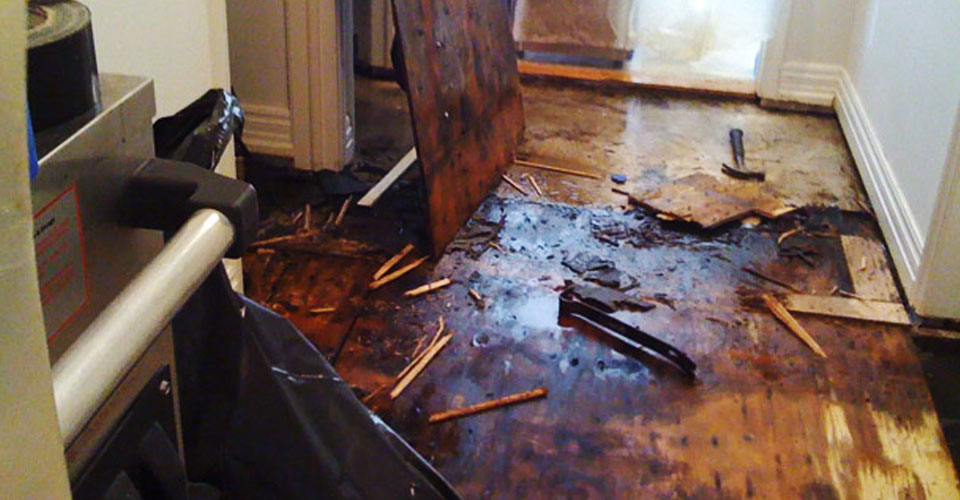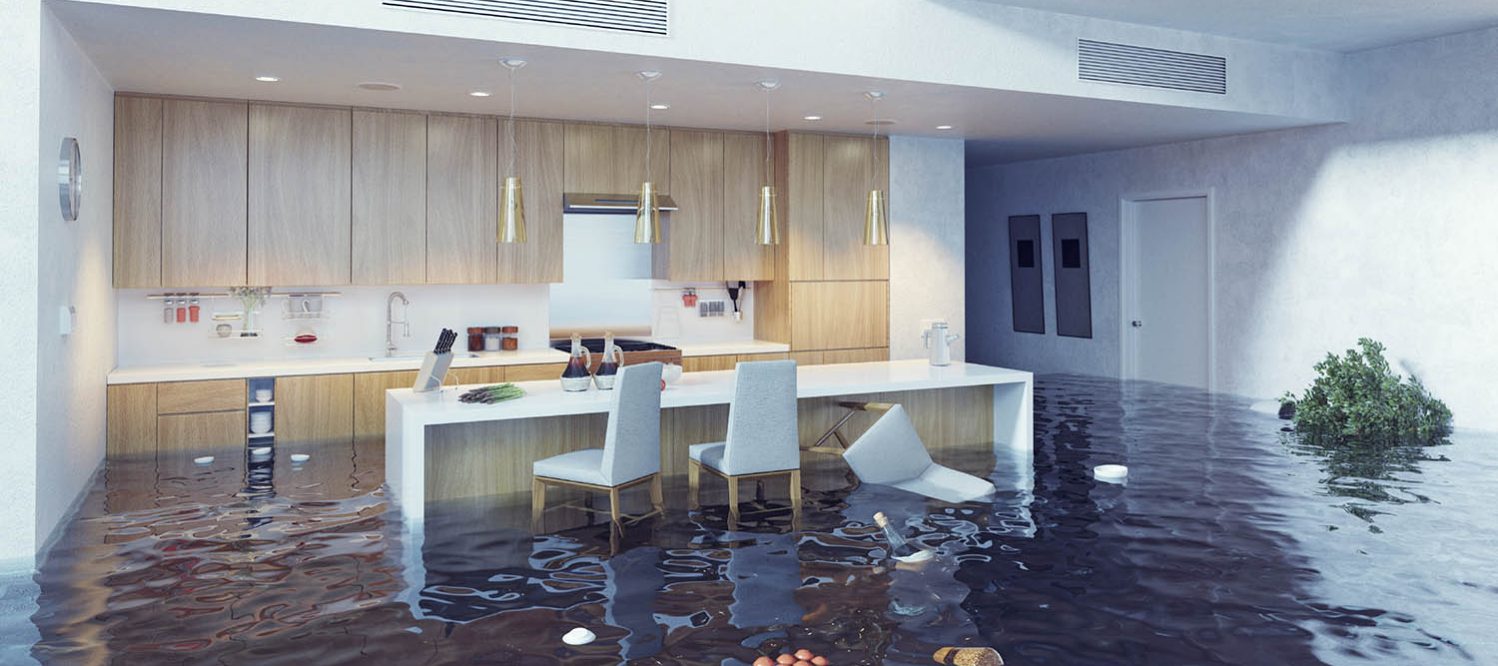Do's & Don'ts of Water Restoration.
Do's & Don'ts of Water Restoration.
Blog Article
We have unearthed the article involving 5 Home Safety Tips To Reduce The Risk Of Fire And Water Damage down the page on the internet and think it made perfect sense to talk about it with you in this article.

Water offers life, water intrusion on parts where it's not intended to be can result in damage. If the water soaks right into your framework, it can peel away surface areas as well as deteriorate the structure. Mold and mildew and mold additionally flourish in a moist environment, which can be dangerous for your health and wellness. Residences with water damages odor old as well as mildewy.
Water can originate from lots of resources such as tropical storms, floodings, ruptured pipes, leaks, and sewage system concerns. In case you experience water damage, it would certainly be great to understand some safety precautions. Below are a few guidelines on how to manage water damages.
Do Prioritize Home Insurance Policy Insurance Coverage
Water damage from flooding as a result of hefty winds is seasonal. You can additionally experience an unexpected flood when a defective pipeline suddenly ruptures right into your home. It would be best to have home insurance coverage that covers both acts of God such as all-natural calamities, and emergencies like damaged plumbing.
Do Not Fail To Remember to Shut Off Energies
In case of a calamity, specifically if you live in a flood-prone location, it would certainly be recommended to switch off the major electric circuit. This removes power to your whole home, avoiding electrical shocks when water is available in as it is a conductor. Additionally, don't forget to switch off the major water line shutoff. Furniture will certainly move around as well as cause damages when floodwaters are high. Having the main shutoff shut off prevents additional damages.
Do Keep Proactive and Heed Weather Condition Signals
Storm floods can be extremely unforeseeable. If there is a background of flooding in your area, stay ready and positive. If you live near a lake, creek, or river , pay attention to evacuation cautions. Obtain prized possessions from the first stage as well as cellar, after that placed them on the greatest feasible level. Doing so lowers potential residential property damage.
Do Not Neglect the Roofing System
You can prevent rain damage if there are no holes and leaks in your roof. This will certainly protect against water from moving down your wall surfaces as well as soaking your ceiling.
Do Take Note Of Small Leakages
A ruptured pipeline does not happen overnight. You may discover bubbling paint, peeling wallpaper, water touches, water spots, or trickling sounds behind the walls. Have your plumbing repaired before it results in huge damage.
Don't Panic in Case of a Burst Pipe
When it comes to water damage, timing is essential. Thus, if a pipe bursts in your residence, immediately closed off your major water shutoff to cut off the source. Call a reliable water damage reconstruction professional for assistance.
Water provides life, water invasion on parts where it's not intended to be can result in damages. Residences with water damages scent moldy and also old.
Water damages from flood charges to heavy winds is seasonal. You might observe bubbling paint, peeling off wallpaper, water streaks, water stains, or leaking sounds behind the wall surfaces. When it comes to water damages, timing is essential.
Water Damage Do and Don'ts
Water damage at your home or commercial property is a serious problem. You will need assistance from a professional plumber and a water damage restoration agency to get things back in order. While you are waiting for help to arrive, however, there are some things you should do to make the situation better. Likewise, there are things you absolutely shoud not do because they will only make things worse.
DO these things to improve your situation
Get some ventilation going. Open up your doors, your windows, your cabinets – everything. Don’t let anything remain closed. Your aim here is to expose as much surface area to air as possible in order to quicken the drying out process. Use fans if you have them, but only if they’re plugged into a part of the house that’s not currently underwater.
Remove as much standing water as you can. Do this by using mops, sponges and clean white towels. However, it’s important that you don’t push or wipe the water. Simply use blotting motions to soak it up. Wiping or pushing could result in the water getting pushed deeper into your home or carpeting and increasing your problem.
Turn off the power to the soaked areas. You will want to remove the danger of electrocution from the water-logged area to do some cleaning and to help the plumber and the restoration agents do their work.
Move any furniture and belongings from the affected room to a safe and dry area. Taking your possessions to a dry place will make it easier to decide which need restoring and repair. It will also prevent your belongings from being exposed to further moisture.
DON’T do any of these things for any reason
Don’t use your vacuum cleaner to suck up the water. This will not only get you electrocuted, but will also severely damage your vacuum cleaner. Use manual means of water removal, like with mops and pails.
Don’t use newspaper to soak up the water. The ink they use for newsprint runs and transfers very easily, which could then stain carpet and tile with hard-to-remove stains.
Don’t disturb mold. This is especially true if you spot a severe growth. Leave the mold remediation efforts to the professionals. Attempting to clean it yourself could mean exposing yourself to the harmful health effects of mold. Worse, you could inadvertently spread it to other areas of the house.
Don’t turn on your HVAC system until given approval from the restoration agency. Turning your HVAC system on before everything has been cleaned could spread moisture and mold all over the house.
https://www.dreyersdki.com/about-us/blog/water-damage-do-and-donts

I hope you enjoyed our section about Preventing Fires and Water Damage In Your Home. Thanks for taking the time to read our article. Sharing is nice. Who knows, you may be helping someone out. Many thanks for your time. Don't hesitate to come visit our blog back soon.
Report this page